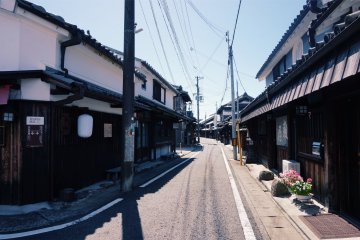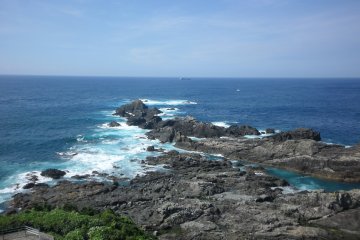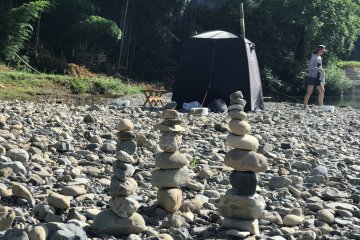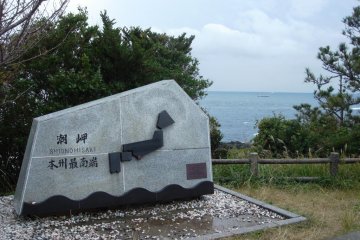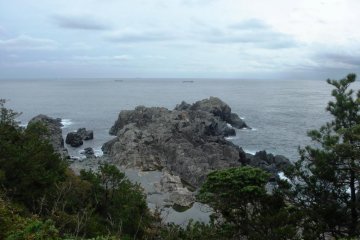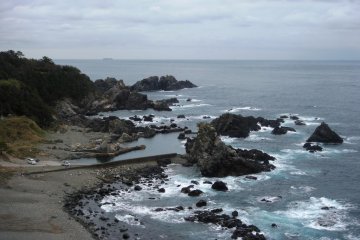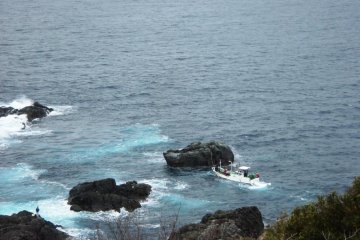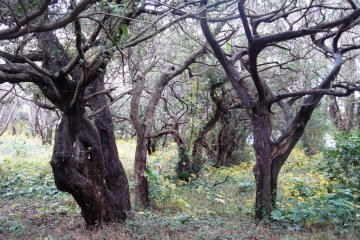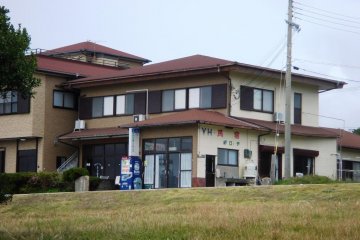What is happening at Honshu's most southern tip?
Steep cliffs rise up from the sea where waves are wildly clashing against the rocks. Some local fishermen take hobby anglers out to these rocks. They enjoy standing there for hours casting their fishing rods. There is plenty of fish here in the sea as the Kuroshio Current is streaming by.
The Kuroshio Current ("black tide") is a warm ocean current said to be 100 km wide that begins off the coast of Taiwan and flows northeast passing by Japan.
Did you know that this ocean current sustains Japan's coral reefs, the most northern coral reefs in the world?
With an annual surface temperature of 24 degrees, this warm current passes by the most southern tip of the Kii Peninsula. You don't have to travel all the way to Okinawa to check out Japan's coral reefs but you can do that in the southern part of Wakayama Prefecture, for example at Kushimoto Marine Park.
Established in 1970, this was the very first marine park of Japan. There are said to be 120 species of coral in addition to many varieties of fish that you would usually find in more southern seas.
Shiono-misaki has a humid subtropical climate which accounts for a lush green vegetation year round.
At the cape you have some memorial stones, some souvenir shops and Cape Shiono-misaki Youth Hostel. A path leads along the edge of the cliffs. It connects the memorial stone with the lighthouse. It is a short and pleasant walk.
You can see strangely shaped trees that withstand the rough sea winds and dense undergrowth. Hidden in this thicket are some memorial stones in remembrance of soldiers who left their lives in the Second World War and some constructions that look like old bunkers.
A small lighthouse is the highlight of the landscape. Its white wall is reflecting the sun. Cape Shiono-misaki Lighthouse attracts tourists who climb up to the top of the tower and watch out over the sea.
Not many people make the long trip to the tip of the Kii Peninsula these days and the whole place looks a little forlorn, but this is part of the attraction. Before National Route 311 was built, passing through the Kumano Mountains and connecting Tanabe City with Hongu Town, there was no other choice than to make the trip along the coast. Now people in a hurry take the shortcut through the mountains but people with an interest in marine life will find the area around Kushimoto well worth a visit.
The Kansai Wakayama Pass (W-Pass) makes it affordable for foreigners to travel freely for 2 or 3 days in the entire Wakayama area at a fixed price. This is a great ticket to use for traveling down to cape Shiono-misaki.



